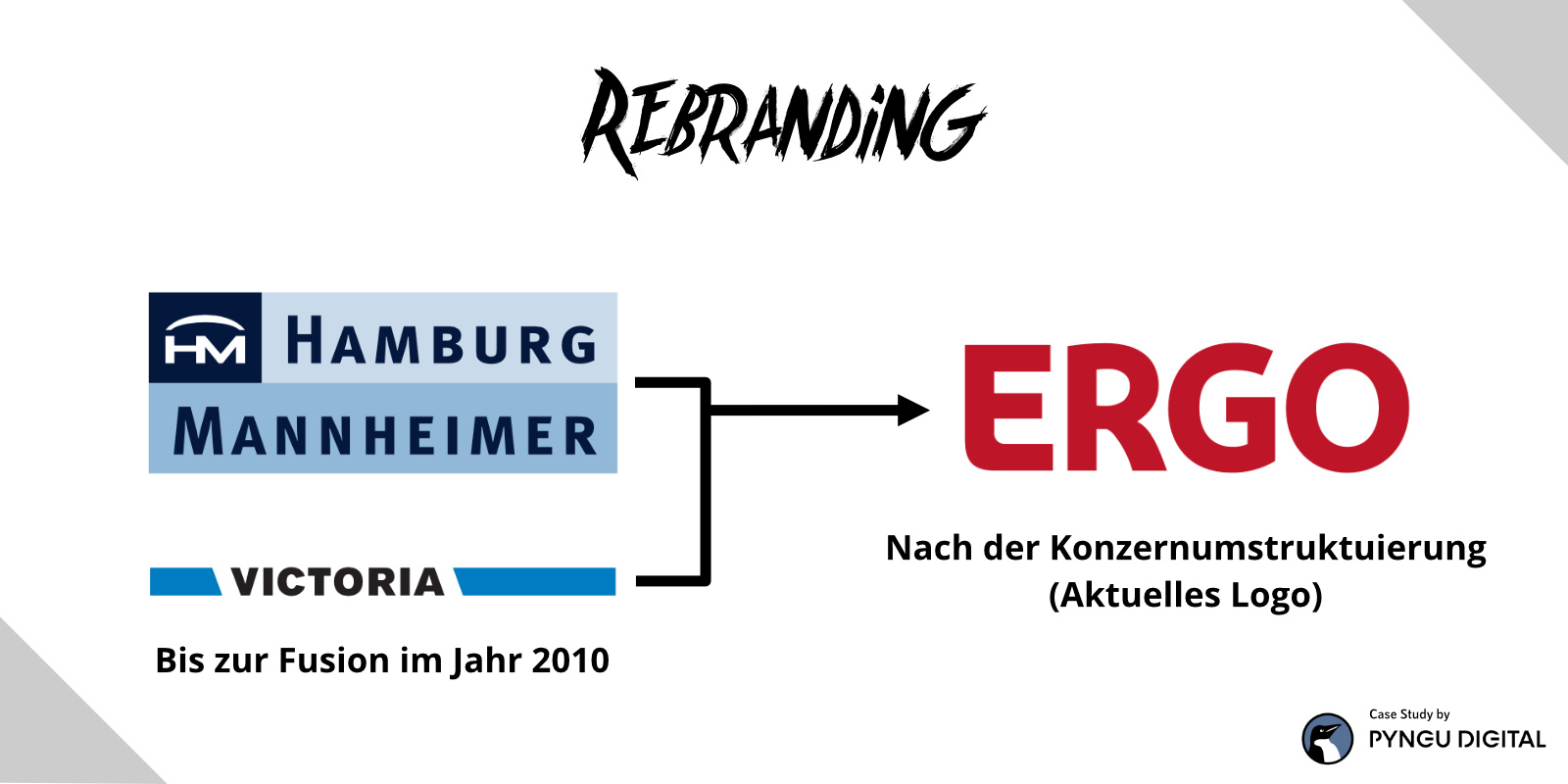 Are you experiencing a significant decline in website traffic following a rebranding? Don’t panic, because there are steps you can take to address this issue and recover your traffic. Rebranding can occur for various reasons, such as company growth or PR problems, but the important thing is to understand the cause of the traffic drop and take appropriate action.
Are you experiencing a significant decline in website traffic following a rebranding? Don’t panic, because there are steps you can take to address this issue and recover your traffic. Rebranding can occur for various reasons, such as company growth or PR problems, but the important thing is to understand the cause of the traffic drop and take appropriate action.
One important thing to note is that if you are launching a new site design along with the rebrand, it may take longer to recover your traffic. Changing names alone is easier because you can utilize press releases, influencer marketing, and email/SMS blasts to inform customers about your new brand. However, when you change code bases and URLs, search engines need time to discover and evaluate the new brand, which may result in a temporary decrease in traffic.
To address a traffic drop, the first step is to identify where it’s coming from. Analyze your traffic channels using analytics and compare the time of the drop to the same period before to determine the actual traffic drops. Look into social media channels, affiliates, SEO, and PPC campaigns to understand which areas are affected.
When migrating URLs or changing domains, there are proactive steps you can take to minimize traffic drops. Ensure that your Search Console is updated with the new URL and sitemap, and monitor indexing reports. Request specific pages that are important to your business to be crawled. Share important pages and new content on social media through natural internal links. Make sure you have a strong crawl path with menu links, breadcrumbs, internal links, canonical links, meta robots, and sitemaps. Additionally, double-check that the previous site is redirecting to the new pages.
If you are combining stores or rebranding under a single brand, consider the unique nuances involved. For example, if each store exists separately but is connected, follow best practices for interlinking your brands. Match product descriptions and selling points to the new audience’s needs to benefit the customer. If everything is being combined into one domain, choose the best experience for the combined user base, including copy, images, upsells, and PR bars. Make sure canonicals from the previous sites point to the new site before redirecting.
Affiliates can be helpful in speeding up traffic recovery, as long as they are not intercepting your own traffic. Collaborate with your affiliate manager to create a promotional event or series that corresponds with the launch of the new brand. Offer exclusive access and leaks to media outlets, influencers, and content creators. Allocate a budget for media space on sites with an active reader base or newsletter list to generate buzz and help search engines discover your new site.
Consider the impact of social media algorithms on your traffic. If platforms like Pinterest or LinkedIn don’t recognize your new domain as authoritative or trustworthy, your content may not perform well. Build trust and send social signals to these algorithms by having influencers and ambassador accounts share your new URLs and tag your brands. Avoid running contests that attract fake and low-value fan accounts. Instead, do product launches for social media only and boost the posts to encourage engagement.
Recovering traffic after a rebranding takes time and effort. SEO relies on various channels like PR, affiliates, and social media to signal to search engines that your new domain is trustworthy. Follow best practices, monitor analytics, and be patient. Remember that websites are just code, and code can be fixed, modified, and repaired. With the right strategies in place, you can recover your website traffic and continue to grow your brand.
